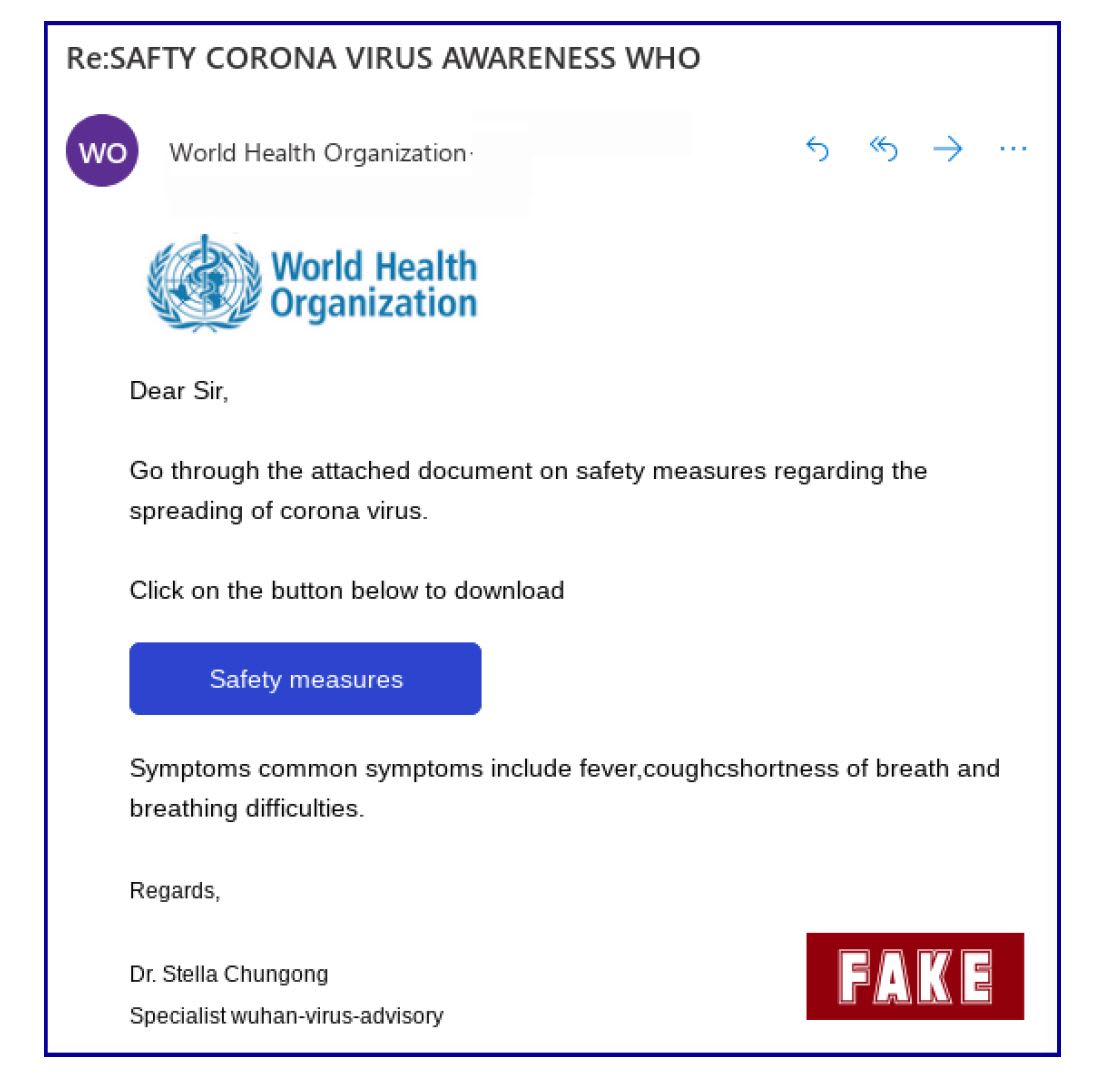

Such phishing messages request that the recipient click on a link in the email or in an attachment that requests personal or login/password credential information to be entered.
DO complete information security awareness training located at. DO read the CUNY Phishing Advisory posted at under CUNY Issued Security Advisories. DO remember that official communications should not solicit personal information by email. It may be easier to miss telltale signs of phishing attempts when reading email on a smaller screen DO be particularly cautious when reading email on a mobile device. DO change ALL of your passwords if you suspect any account you have access to may be compromised. In the event you do fall victim to a phishing attempt, perpetrators attempt to use your compromised password to access many online services DO NOT use the same password for your work account, bank, Facebook, etc. If you have reason to believe the request is real, type the web address for the company or institution directly into your web browser DO NOT click a link or open an attachment in an unsolicited email message. If you have reason to believe that a request is real, call the department, institution or company directly DO NOT reply to email with, or provide any, personal information or passwords. DO be particularly cautious when the "external source" warning banner is present. DO NOT reply to unexpected or unusual email from any sender. Go to for information on reporting identity theft. If you used the same password for multiple websites make sure to change it for each account, and do not use that same password in the future Immediately change any passwords that you might have revealed. Watch for unexplained charges to your account Advise your financial institution immediately of any account information that may have been compromised. If you believe you are a victim of an online scam or malware campaign, please report it to the CUNY CIS Service Desk ( 64) and consider the following actions: 
If you think you have already been impacted by this security threat Samples of several such phishing emails are included at the bottom of this message.Ĭlick thumbnail images below to view larger samples of COVID-19 phishing scam emails: Please note that the sender of the phishing email could be from a CUNY email account that has been compromised. The email or email attachment contains a link to "sign up" for the fraudulent offers. Emails may be entitled "Important/Urgent Message from the College Finance Department" "COVID-19 Benefits" or similar. Phishing email in which COVID-19-related grant money / benefits or a stay-at-home job is offered. Security Threat Identification / Symptoms






 0 kommentar(er)
0 kommentar(er)
